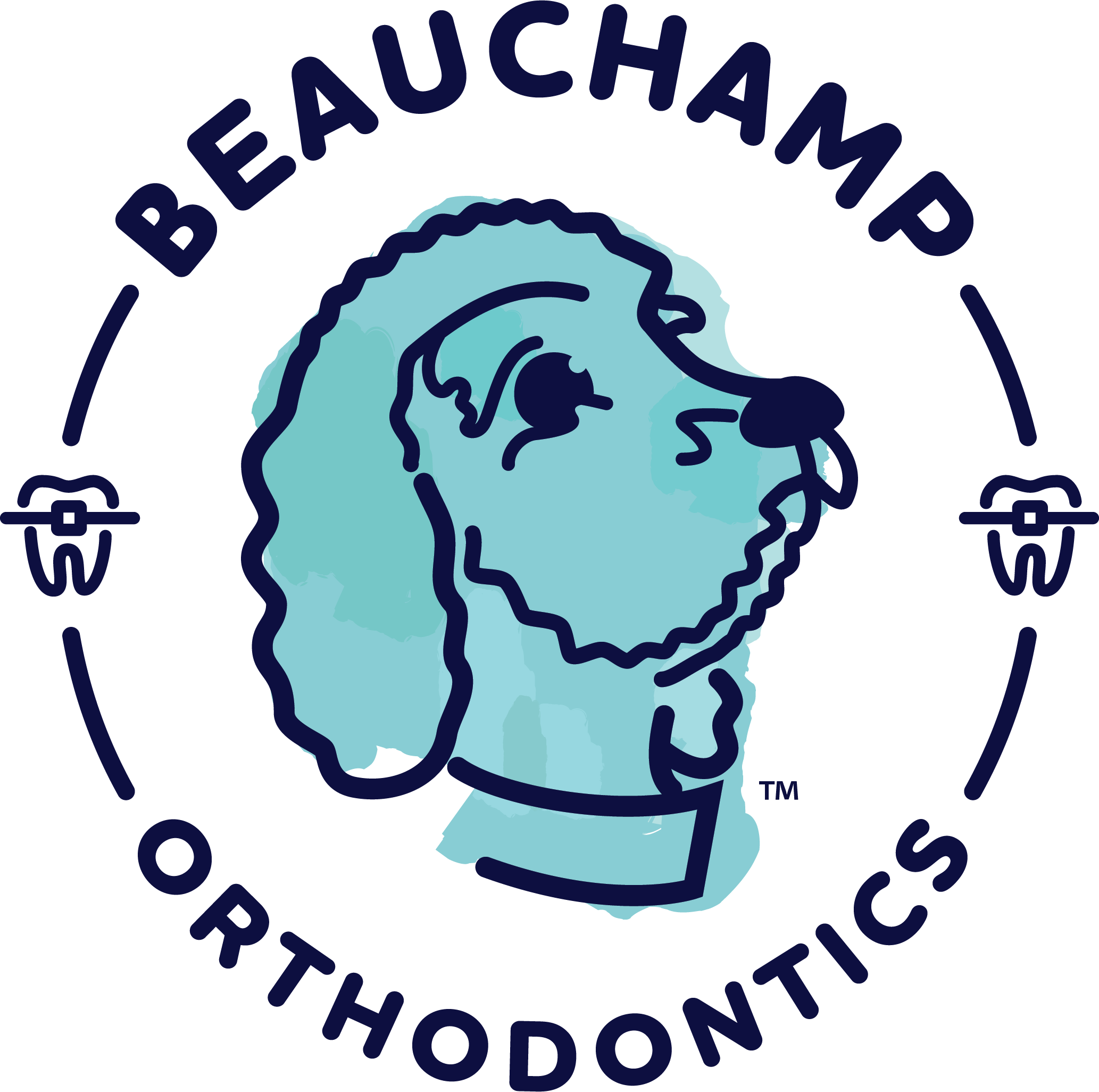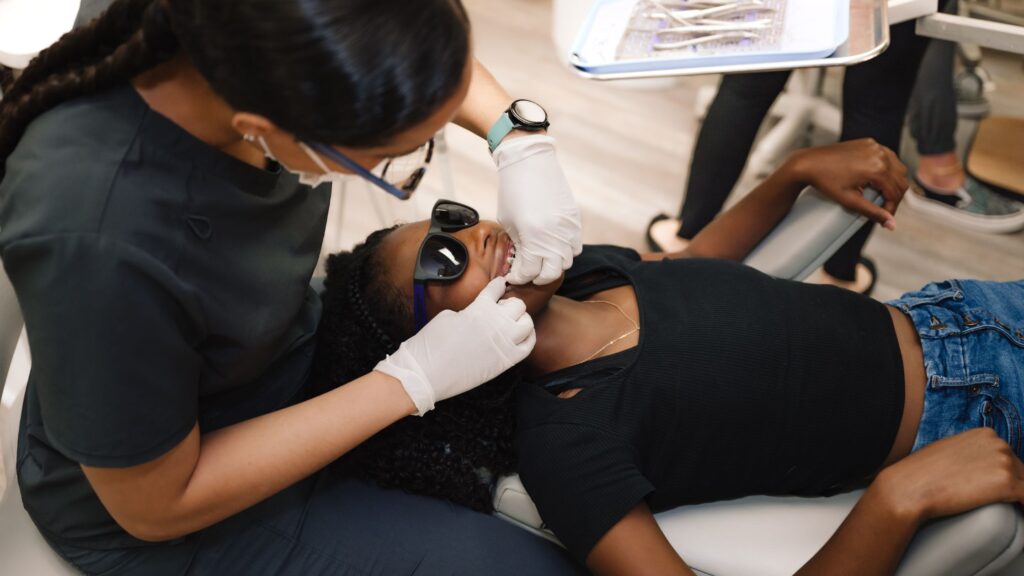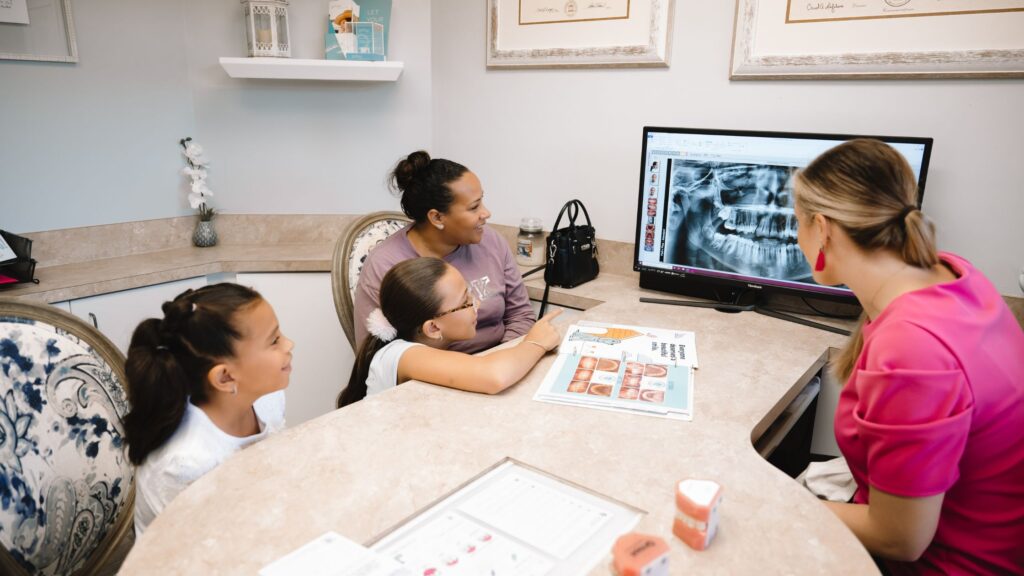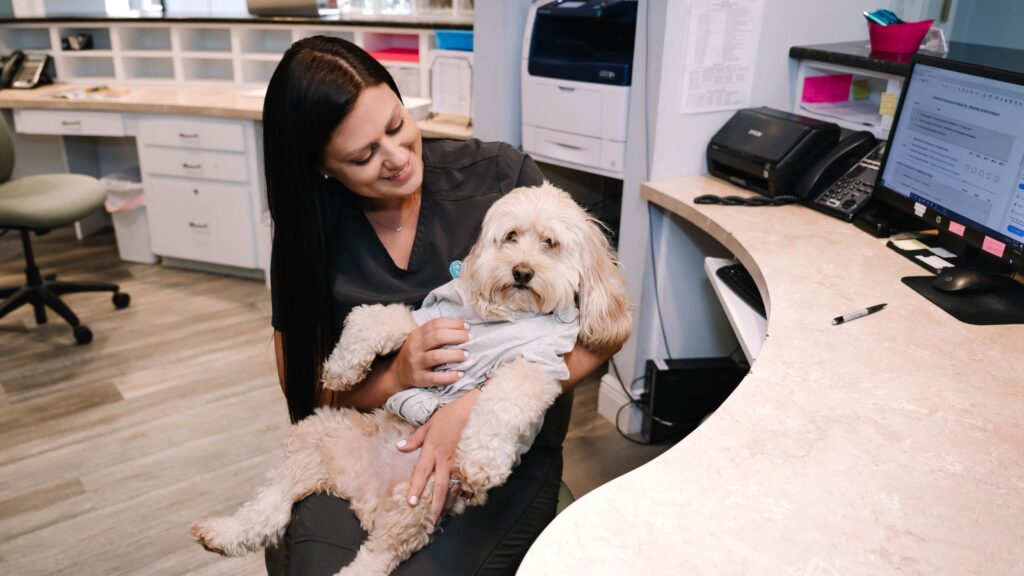Invisalign® is one of the most popular orthodontic treatments available today. Well suited for adults and older responsible kids, it is the “clear alternative” to ordinary braces. Invisalign is as effective as metal braces at treating the vast majority of orthodontic conditions, and it’s so subtle others may never notice it.
Both adults and image-conscious teens love Invisalign®!
And looking good isn’t the only reason to consider Invisalign®. It has practical advantages that can make your life much easier. For example, you’re able to remove your clear Invisalign® aligners at any time. You can take them out for cleaning and to avoid damage while playing sports or engaging in other hobbies.
Invisalign® is a terrific choice for most patients. That said, nothing works perfectly for everyone.
Before you decide on Invisalign®, you want to be sure it will be the best move for you. After all, you will be using it for anywhere from several months to a few years depending on the specifics of your condition.
No one wants to start out with one form of orthodontic treatment only to switch to another one later. That costs time, energy, and money. So, getting all the facts about Invisalign® from a local orthodontist you trust is the best way to get started on any course of treatment.
At Beauchamp Orthodontics, Dr. Beauchamp will be glad to walk you through the entire process and answer all your questions. But we know many patients – including those just like you – want to start doing their own research before they set an appointment.
That’s what orthodontist blogs like this one are all about!
If you’re wondering what you need to know about Invisalign® to make an informed decision, this is the orthodontist blog for you. Let’s review three of the most important questions to ask your orthodontist before you decide on Invisalign® or an alternative like metal braces.
1. “Will Invisalign® work for my condition?”
Invisalign® has been used successfully by millions of patients all around the world. It has a history that stretches back decades. Most patients report a pleasant, discomfort-free experience that delivers the results they want. Younger patients may see results in months, while adults may take a bit longer.
No matter your age if you have all or almost all your permanent teeth in, Invisalign® has the potential to give you the straight, healthy smile you want. But there are some conditions that Invisalign® isn’t suitable for. If you have one or more of the orthodontic complications Invisalign® isn’t designed to treat, metal braces may be the best way to go forward.
Invisalign® can’t treat the most severe tooth gaps and tooth misalignments.
But how do you know if you have an especially severe gap or misalignment?
Unfortunately, there’s no way of knowing by looking in the mirror! If your misalignments or gaps don’t “look” serious, Invisalign® will probably fit for you. But your orthodontist needs to conduct an exam in order to be sure. This takes anywhere from about half an hour to an hour for new patients.
Invisalign® aligners are custom-made for each patient’s mouth, usually using specialized digital imagery. These images can help Dr. Beauchamp ensure the measurements of your teeth are fully compatible with the Invisalign® system. Don’t worry: If Invisalign® isn’t great for you, we will know quickly.
Even if Invisalign® isn’t a good match for you, you still have many other options. In addition to metal braces, there are also clear braces. Clear braces are more subtle, but they still perform all the same treatment functions as conventional metal braces, so they can be a sound alternative.
2. “When can I expect results from Invisalign®?”
Every mouth is different, so there’s no way to predict your results with absolute certainty. With years of experience and advanced training, though, Dr. Beauchamp can help you understand the likely outcomes.
In general, the younger a patient is, the faster they will see results from orthodontic treatment. When kids get started with orthodontic treatment early on, they may be in care for as little as a few months.
In some cases, they don’t even need retainers after wearing braces.
Youth has its advantages, but that doesn’t mean adults are left out. Adults of any age can respond to the right orthodontic treatment. That remains true even if you had untreated orthodontic issues all your life.
As a rule of thumb, treatment for adult patients will take a little longer. But this is another area where the Invisalign® aligner stands out. Unlike conventional braces, you typically need fewer appointments during Invisalign® treatment. That’s because they don’t need to be manually adjusted, unlike braces.
Invisalign® results might be subtle at first. But just like braces, you’ll begin to be able to see them in the mirror before very long. And you will still have occasional follow-up appointments. Dr. Beauchamp can verify you are on the right course and even show you X-rays or digital images for comparison.
Invisalign® may be a bit different from braces, but the results are just as spectacular!
3. “How can I care for my Invisalign® aligners?”
Caring for your Invisalign® aligners is just as easy as caring for your own teeth, and it can be even easier than caring for conventional braces. Since you have the opportunity to remove your aligners when you need to, it’s easy to gently clean the trays themselves.
While your aligners are out, you also have the chance to brush and floss the way you normally would. You should continue to brush and floss as normal for the duration of your treatment. That is, brush after each meal, plus once in the morning and once before bed. Floss daily.
Although you can take out Invisalign® aligners whenever you want, you’ll still need to wear them more than 20 hours a day to see results. That means you won’t remove them and soak them overnight as you might with a retainer or dentures.
The most important issue when caring for Invisalign® aligners is making sure they don’t get damaged – for instance, while playing sports. Incidental damage to braces can often be fixed at home (and if not, your orthodontist is always happy to help). Unfortunately, damaged Invisalign® aligners cannot be repaired.
Dr. Beauchamp can fabricate another set in a few days, but you’ll lose some time on treatment, and there may be replacement fees. So just remember to treat your Invisalign® aligners with all the care and awareness that you treat your teeth. If removing your aligners to wear a mouthguard for high-impact sports and activities just remember to store them safely in their case and in an appropriate spot.
Dr. Beauchamp Will Be Glad to Help You Make the Best Choice on Invisalign®
Invisalign® is one of the most requested orthodontic treatments in Central Florida. Now is the ideal time to learn whether it’s right for you. Dr. Beauchamp is here to answer all your questions. To find out more or get started with Invisalign® in Port Orange, schedule your consultation online today. We look forward to seeing you soon.



